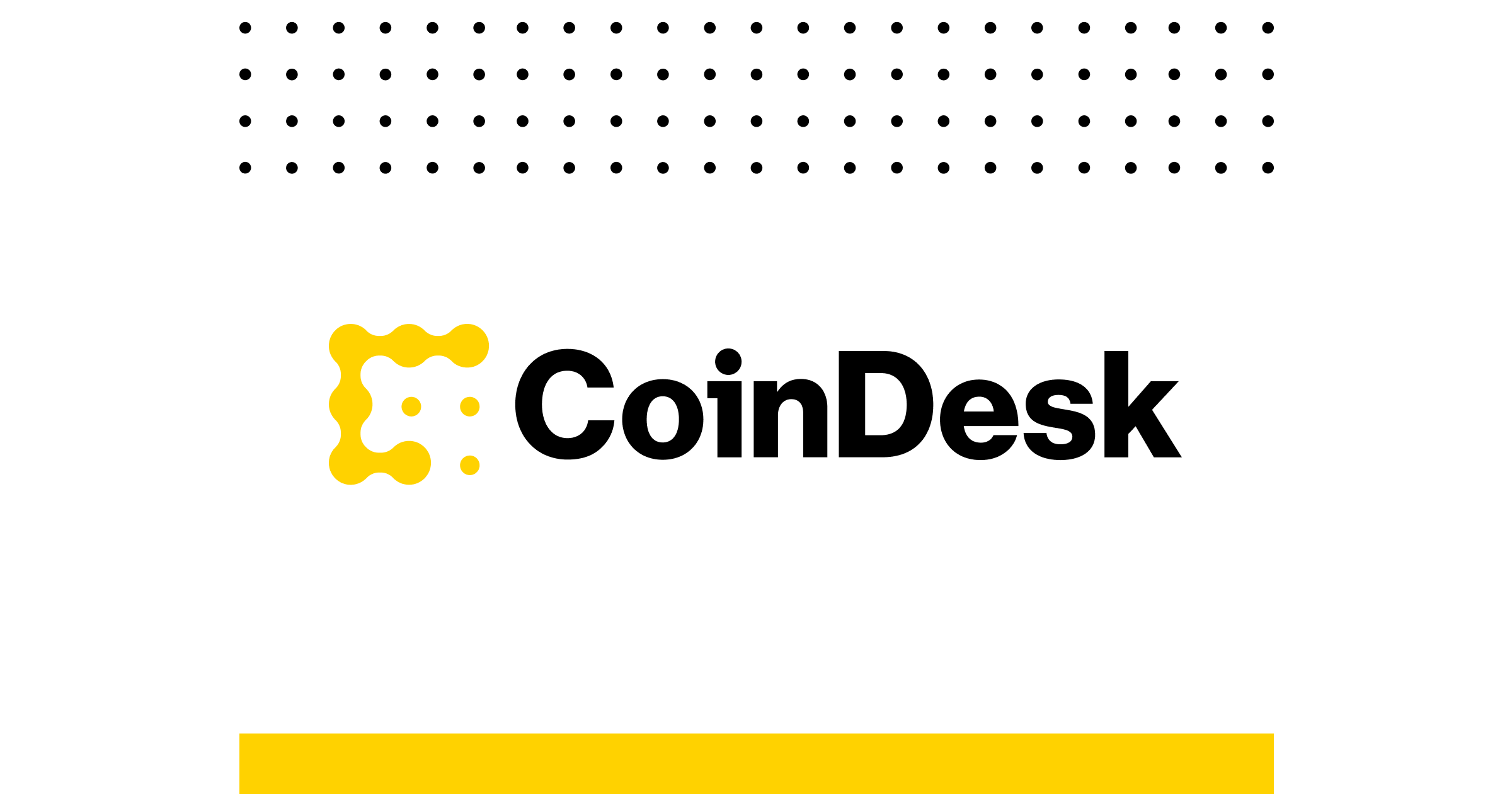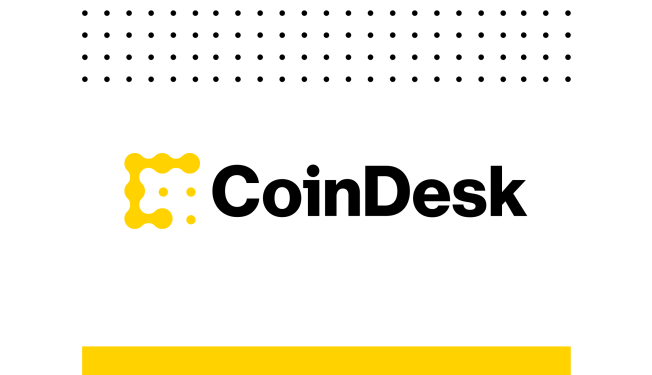
Blockchains are a technical marvel, but in this vastly competitive landscape, I’ve come to see the social consensus and ecosystem around blockchains as by far their most important strategic asset. The social layer matters, but for different reasons depending on the chain.
Specifically, I have the hypothesis that the “Layer 0” for any blockchain ecosystem can only excel at one primary mission. When I say “Layer 0,” what I am really talking about are the communities of people that sustain these networks. They are everyone from enthusiasts to engineers, developers, investors, venture capitalists and volunteers. As public networks that are built with open-source code, the strength of each ecosystem is primarily the community around it.
Despite their superficial similarities, the communities and the ecosystems that underpin bitcoin and Ethereum are radically different. I have long said that “bitcoin is the asset. Ethereum is the platform.” In both cases, the social consensus around these blockchains is what keeps them together and makes each one ideally suited for its mission.
Bitcoin first. Bitcoin is a scarcity-based store-of-value. Better than fiat currency. More reliably scarce than gold. Immune to politics and protected by a vast proof of work infrastructure. Bitcoin is in a constant battle for mindshare with other crypto-assets and, even more so, against traditional fiat currencies and central-bank-issued assets.
This is not the same as other stores-of-value. There can be many kinds of government and corporate debt, and their values are all tied to the likelihood of repayment. The closest analogy for bitcoin is with gold, which does not pay interest or generate any cash flow. Nor is there any meaningful industrial demand for gold. The value of gold is simply that it is scarce and getting more of it is not easy.
One particularly important feature of this crypto ecosystem is that it is a zero-sum game. If you admit that there can be more than one cryptocurrency used as a store of value, you are on a slippery slope because technically, there can be an infinite supply of identical copies of bitcoin. If there can be two, there can be a thousand. If that happens, the value of bitcoin is uncertain and likely low.
Right now, there are no other cryptocurrencies that have a value even remotely close to that of bitcoin. Assets like litecoin, bitcoin cash, dogecoin and others represent a tiny fraction of bitcoin’s market capitalization. The only asset in the same general league is ether, and I would argue that it should be seen less as a cryptocurrency and more as a stake in a computing ecosystem.
The result of this logic is a uniquely aggressive approach to mindshare. The value of bitcoin must be sustained by constant memetic warfare against other cryptocurrencies. Scroll through r/bitcoin, and you will find a stream of memes that aim to reinforce the value of bitcoin. Typical content includes dire warnings about the U.S. dollar’s debasement with quantitative easing, the serious U.S. federal debt, the horrors of inflation, and rapturous predictions for future prices. That quantitative easing did not cause inflation and that low to moderate inflations inflict no measurable economic harm does not matter in that context: Political harm, yes, economic harm no. (See here and here)
A typical bitcoin meme includes a reminder that a long, long time ago, a dollar would buy you a full bag of groceries. The implication is that you are being robbed through gradual printing of money. This meme has never stood up to the most basic examination. Moderate inflation is fine, necessary, and infinitely better than deflation. We are vastly better off than we were when a dollar could buy a bag or groceries, but acknowledging that would undermine the narrative. It does not matter, however. Never let the facts get in the way of a good story.
To sustain its value, bitcoin needs a very assertive social consensus. And that has to continue for an exceedingly long time. Gold’s use as a shared global store of value dates to 650 BCE in ancient Türkiye, so they have a significant head start. And while there are other precious metals, none of them have ever approached gold in terms of total market capitalization. The market cap of gold is 10 times larger than the market cap for silver.
The social ecosystem that underpins Ethereum is different. First and foremost, Ethereum is the world computer. Ethereum is a positive-sum ecosystem where people are encouraged to build and extend. The discussion and tone of r/Ethereum is, again, a good proxy for the whole ecosystem: it is focused on engineering, development, and new applications.
Ethereum, like bitcoin, has an equally passionate Layer Zero ecosystem and is as dominant compared to other “smart contract” blockchains as bitcoin is to other pure crypto-assets. Ethereum’s dominance is visible in the market cap of the asset but also in its share of tokenized assets. Ethereum is the dominant ecosystem for most “real-world” assets and the majority of stablecoins as well. With over 100 Layer 2 networks in operation, Ethereum has 20 times more “network extensions” than any other ecosystem, including bitcoin and Solana.
Both the Bitcoin and Ethereum ecosystems have ardent believers that see things differently from the dominant narrative. There is a small, but resilient application layer being built upon bitcoin. Bitcoin will soon have its own layer two networks, including some that are EVM- compatible.
Similarly, there is a passionate group of Ethereum believers who think Ethereum should be both the network computer and a scarcity-based asset. EIP-1559 (Ethereum Improvement Proposal), which was adopted in August 2021, reduced the rate at which new ETH was issued and shifted the gas fee model so some ETH is burned with each transaction. The result is that the amount of ETH in circulation is increasing at a slower pace than bitcoin and, in some cases, even decreasing.
Neither of these is necessarily a bad idea and, at least in theory, either ecosystem could be a host to both types of activity. In practice, the cultural requirements of each ecosystem are so different that they cannot really excel at more than one function at a time.
In the real world, currencies like the U.S. dollar are most effective as a means of exchange, but not necessarily as a store of value. You can use dollars to buy things, but a deflationary system that increased the value of the dollar, over time, would be catastrophic for the economy as it forced up real interest rates. As Ben Bernanke discovered, trying to stimulate an economy when inflation is low is very difficult. The same problem makes bitcoin unsuitable as a currency even while it may excel as a store of value.
With Ethereum, we’ll see how well the current blockchain boom plays out over the next few years. If the ecosystem retains its dominant share of new asset tokenization and smart contracts, I think we can declare it a winner on the primary mission. Bitcoin has a longer game to play, but if we see increasing correlation with gold, that may be an indicator that real-world investors are buying into the argument for digital scarcity.
Either way, it could be several more years of real world experience before I can prove (or disprove) my theory. This also means that memetic warfare on Twitter between ecosystems isn’t going away anytime soon.
The views reflected in this article are the views of the author and do not necessarily reflect the views of the global EY organization or its member firms.

